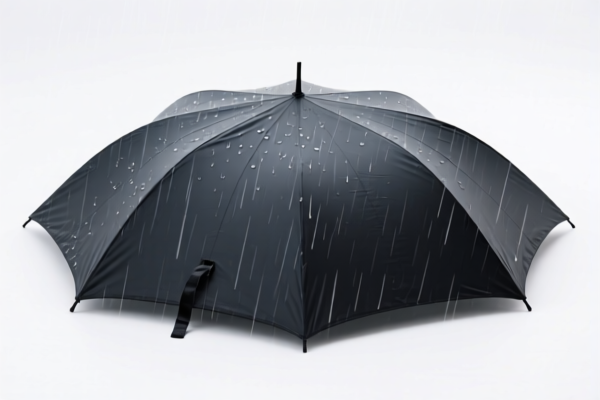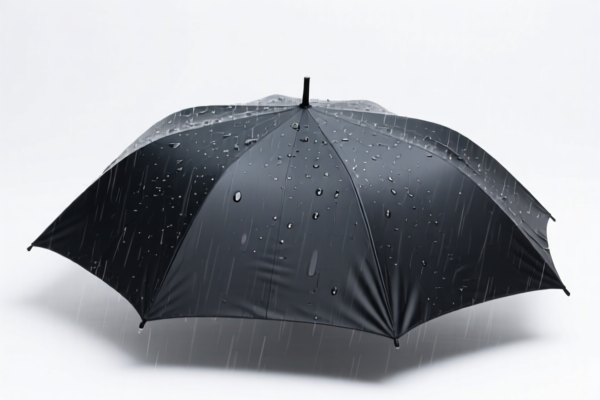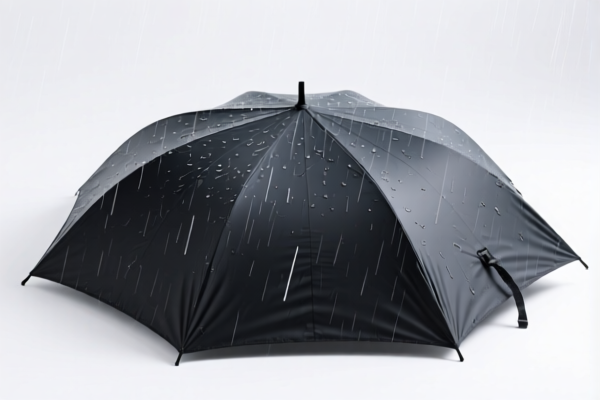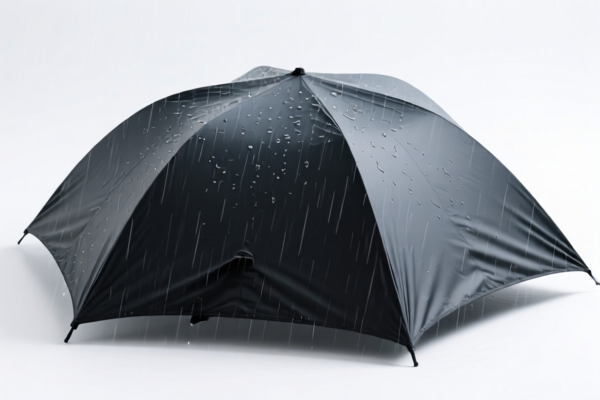| HS Code | Official Doc | Tariff Rate | Origin | Destination | Effective Date |
|---|---|---|---|---|---|
| 7616910000 | Doc | 57.5% | CN | US | 2025-05-12 |
| 7616995190 | Doc | 82.5% | CN | US | 2025-05-12 |
| 7610900020 | Doc | 85.7% | CN | US | 2025-05-12 |
| 7610900080 | Doc | 85.7% | CN | US | 2025-05-12 |
| 9620005000 | Doc | 60.3% | CN | US | 2025-05-12 |
| 9620006500 | Doc | 57.9% | CN | US | 2025-05-12 |
| 9617006000 | Doc | 37.2% | CN | US | 2025-05-12 |




Wind Cover
A wind cover, also known as a wind shield or wind protector, is a barrier designed to mitigate the effects of wind, typically used in conjunction with microphones or other sensitive audio equipment.
Material
Wind covers are constructed from a variety of materials, each offering different levels of protection and suitability for various environments:
- Foam: Commonly polyurethane foam, offering basic protection against light breezes and pops. Often inexpensive and suitable for indoor use or calm outdoor conditions.
- Fur (Deadcat): Synthetic or natural fur provides significant wind noise reduction. The long fibers disrupt airflow, minimizing wind turbulence reaching the microphone capsule. Commonly used in professional audio applications.
- Mesh: Typically made of metal or nylon, offering moderate protection and allowing for consistent sound quality.
- Plastic: Rigid plastic shields offer substantial wind blockage but can introduce reflections or coloration to the sound.
Purpose
The primary purpose of a wind cover is to reduce or eliminate unwanted noise caused by wind. Wind noise manifests as low-frequency rumble, popping sounds, and distortion, degrading audio quality.
Function
Wind covers function by:
- Breaking Up Airflow: The physical barrier disrupts the laminar flow of wind, reducing its velocity and turbulence.
- Creating a Still Air Pocket: The cover creates a zone of calmer air around the microphone capsule, shielding it from direct wind impact.
- Reducing Pressure Gradients: Minimizing sudden changes in air pressure caused by wind gusts, which contribute to popping and distortion.
Usage Scenarios
- Outdoor Recording: Essential for recording audio in windy conditions, such as interviews, filmmaking, news gathering, and sports broadcasting.
- On-Camera Microphones: Used with shotgun microphones mounted on cameras to improve audio quality during mobile filming.
- Lavalier Microphones: Small foam covers are used to reduce wind noise when using lapel microphones outdoors.
- Studio Recording: While less common, wind covers can be used to reduce plosives (bursts of air from speech) during vocal recording.
- Drone Filming: Protects microphones mounted on drones from wind noise during aerial recording.
Common Types
- Foam Windscreen: A simple, cylindrical foam cover that fits over the microphone head.
- Deadcat Windmuff (Fur Cover): A fluffy, fur-covered cover that provides superior wind noise reduction. Available in various sizes to fit different microphones.
- Pistol Grip Handle with Windscreen: A handle that incorporates a windscreen, providing both grip and wind protection.
- Rycote Windshield: A high-end, suspension-mounted windshield system offering exceptional wind noise reduction and isolation. Often used in professional filmmaking and broadcast applications.
- Blimp Windshield: A larger, more robust windshield system, typically used with suspension mounts for maximum isolation.
- Pop Filter: While not strictly a wind cover, pop filters are often used in conjunction with wind covers to reduce plosives during close-mic recording.
Based on the provided information, “wind cover” can be interpreted as a covering designed to protect against wind, potentially made of various materials. Here are the relevant HS codes found within the reference material:
- 7616910000: This HS code covers “Other articles of aluminum: Other: Cloth, grill, netting and fencing, of aluminum wire”. If the wind cover is made of aluminum wire cloth, netting, or fencing, this code applies. The total tax rate is 57.5%, comprising a 2.5% base tariff, a 25.0% additional tariff, and a 30.0% additional tariff effective after April 2, 2025.
- 9617006000: This HS code covers “Vacuum flasks and other vacuum vessels, complete; parts thereof other than glass inners: Parts”. If the wind cover is a part of a vacuum flask or vessel, this code may be applicable. The total tax rate is 37.2%, consisting of a 7.2% base tariff and a 30.0% additional tariff effective after April 2, 2025.
According to the provided reference material, the HS code options related to 'wind cover' are limited, with only the following 2 found.
Customer Reviews
No reviews yet.